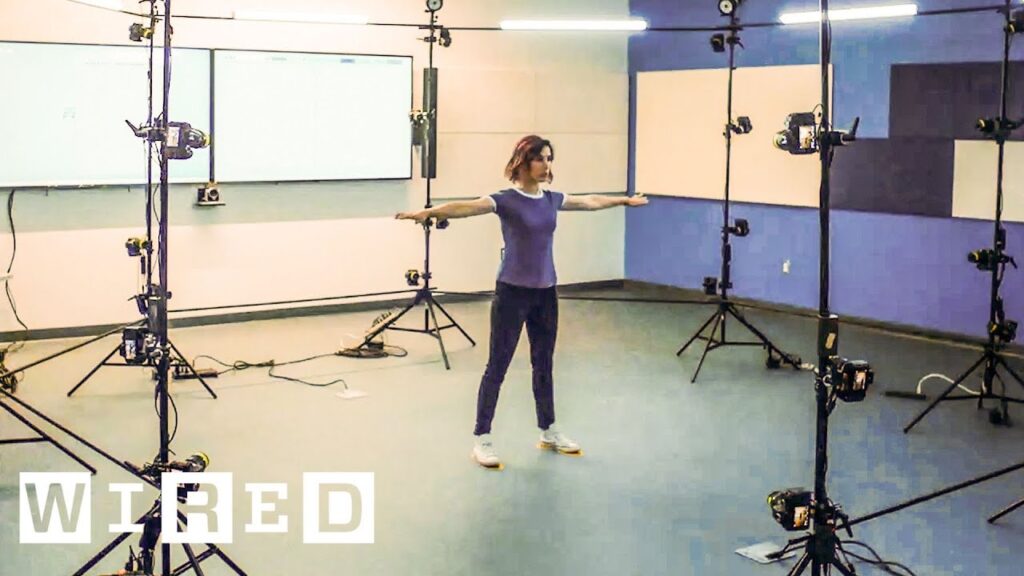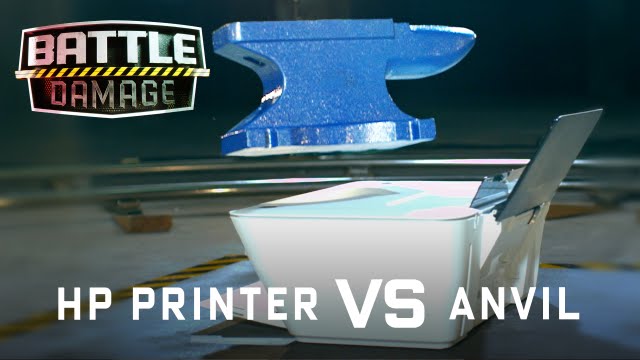Interactive Mirrors: The Art of Daniel Rozin
Summary
In this article, we explore the work of artist Daniel Rozin, who creates interactive mechanical pieces, particularly mirrors, that reflect the viewer’s form. Rozin’s mirrors are made of various materials that present unique challenges, and his latest project is a commission for ASCAP that produces sonic output. His work is driven by the viewer’s experience, and he believes that the creation of an art piece is a collaborative effort between the creator and the viewer.
Table of Contents
- The Creation of Interactive Art Pieces
- The Challenges of Working with Different Materials
- Commissioned Project for ASCAP
- The Viewer’s Experience
- Conclusion
The Creation of Interactive Art Pieces
Daniel Rozin has dedicated his career to creating interactive art pieces that transform the way we perceive ourselves and the world. His mirrors are not ordinary mirrors but rather interactive art pieces that reflect the viewer’s form. Rozin uses generative algorithms to create images and animations by moving pixels, and the mirrors are made of various materials that present unique challenges.
Rozin’s first project was a wooden tile mirror with 835 pieces made of pins, which he had to learn how to fabricate and control. He uses stepper motors instead of servo motors, which are all metal and don’t have plastic gears that are easy to break. Some of his newer pieces don’t use cameras but motion or laser sensors to sense people directly. Rozin does everything himself, from designing, wiring, programming to building the mirrors, and the multiplicity of his pieces is the most challenging aspect.
The Challenges of Working with Different Materials
Rozin has made mirrors from materials such as wood, trash, and pom-poms, each designed and programmed to reflect the viewer’s form. The mirrors are interactive and come to life when a person stands in front of them, capturing something about the individual and displaying it back to them. The materials used in each piece present unique challenges, and Rozin has to adapt his techniques accordingly.
Commissioned Project for ASCAP
Rozin’s latest project is a commission for ASCAP, which incorporates wood, brass, mirrored steel, and produces sonic output. The piece is a mechanical interpretation of a sound wave, and the viewer’s reflection is transformed into a visual representation of sound. The project presented unique challenges for Rozin, as he had to incorporate both mechanical and sonic elements into the piece.
The Viewer’s Experience
Rozin’s work is driven by the viewer’s experience, and he believes that the creation of an art piece is a collaborative effort between the creator and the viewer. His pieces are interactive and come to life when a person stands in front of them, capturing something about the individual and displaying it back to them. Rozin is interested in perception and how we see images, and his work is a reflection of that.
Conclusion
Daniel Rozin’s interactive mirrors are not only unique art pieces but also a reflection of the viewer’s form and experience. His work challenges traditional perceptions of art and the viewer’s role in the creative process. Rozin’s dedication to his craft and willingness to experiment with different materials and techniques make him a true innovator in the world of interactive art.






